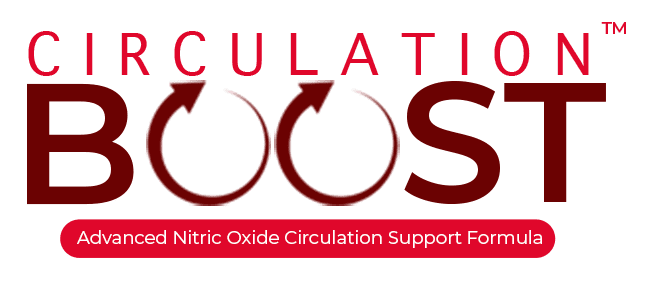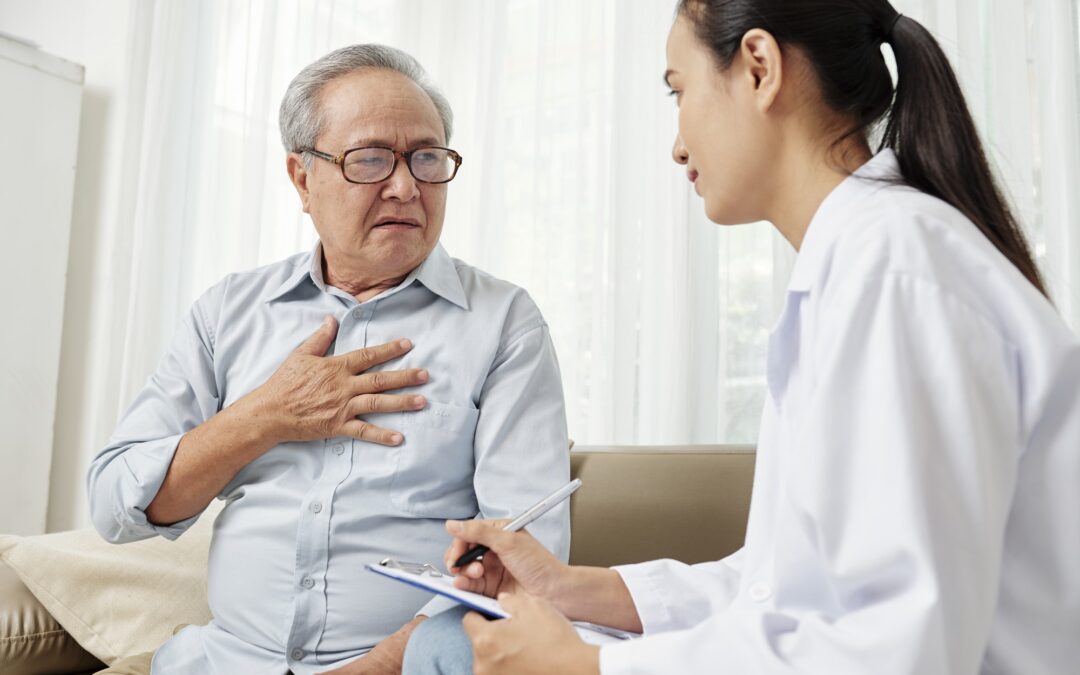High blood pressure and low blood circulation are connected. When experiencing high blood pressure-poor circulation, what can you do?
The circulatory system delivers nutrients, oxygen, and blood throughout the body. Some people that have poor circulation may experience certain symptoms, such as high blood pressure, and are often felt in the arms and legs.
However, it’s important to remember that circulation issues are generally a sign of an underlying condition. Some of the more common conditions that lead to poor circulation include heart conditions, diabetes, and obesity.
Symptoms
Unfortunately, high blood pressure (hypertension) doesn’t cause any particular symptoms. Some people may experience headaches, but there is no link between headaches and hypertension.
On the other hand, poor circulation does show certain symptoms such as numbness, tingling, muscle cramps, and throbbing. Depending on the cause of poor circulation, you may experience different symptoms unique to each underlying condition.
Causes
There are several things that can lead to poor circulation and hypertension. More importantly, while certain causes are out of your hands, you can decrease the risk for poor circulation and hypertension through lifestyle changes.
Diabetes is a common cause in poor circulation and high blood pressure. Besides affecting blood sugar levels, it can cause low blood flow in the legs.
While you may notice cramping in the leg areas, people with advanced diabetes may not feel it due to diabetic neuropathy.
Obesity is another major factor in high blood pressure and poor circulation. Being overweight can increase the risk of varicose veins, blood vessel problems, and other causes of poor circulation and hypertension.
Since there are extra pounds on the body, it can put a burden, especially when sitting or standing for extended periods.
Raynaud’s disease is a condition where certain triggers such as cold weather and stress can lead to cold hands and feet. The condition narrows the arteries, which negatively affects circulation, and may affect other parts of the body.
Moreover, people who live in colder climates and women are more susceptible to the condition than others.
 Diagnosing
Diagnosing
Poor circulation is a result of underlying conditions and high blood pressure has no symptoms.
Therefore, the best way to diagnose what’s causing the problem and if you have one is to go to the doctor.
Going over your family’s medical history will help the doctors know which diagnostic tests to start with and accurately determine your condition.
There are various blood tests that can help the doctor pin down the underlying cause of your low blood flow.
In addition to these tests, your doctor will use blood pressure monitors to check your levels. You can also buy your own blood pressure monitor and use it at home if you believe you have hypertension.
Treatments
There are various things you can do at home, such as use compression socks for poor circulation. Your doctor can help you plan an exercise and diet program to decrease the risk of these conditions and increase circulation.
Depending on your condition, your doctor may prescribe blood pressure and circulation medications. However, if you really want to improve your condition before it gets any worse, a healthy exercise routine and diet can go a long way.
What’s more, you can add heart supplements to give you that extra boost you need daily. One of the best circulation supplements is Circulation Boost, as it works to increase nitric oxide in the body, resulting in better circulation.
The powder supplement combines l-arginine, l-citrulline, and key vitamins and minerals that help promote blood flow. If you want an effective and safe way to promote your heart health, blood pressure, circulation, cholesterol, and more, try Circulation Boost.

